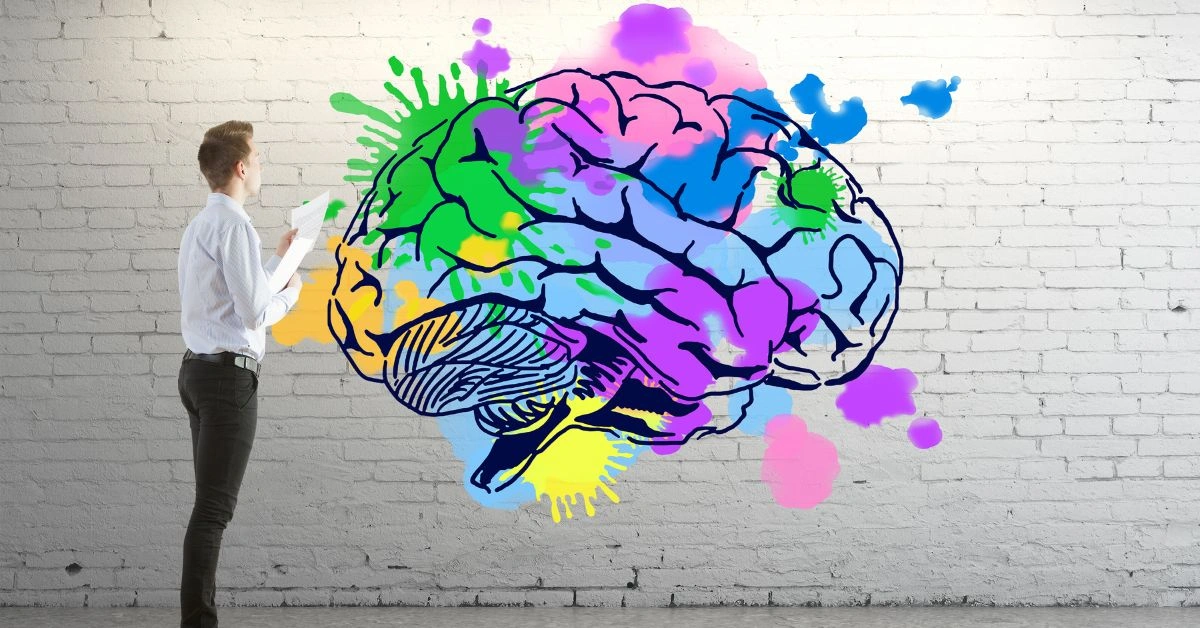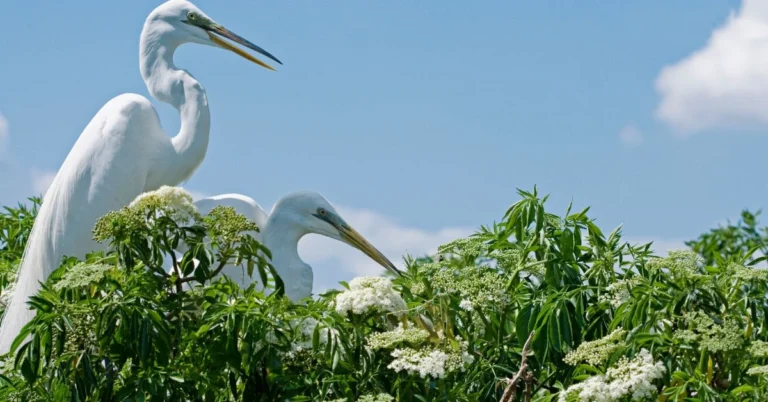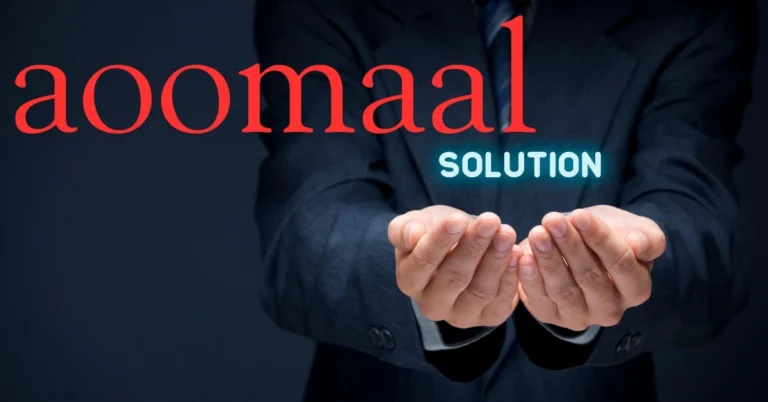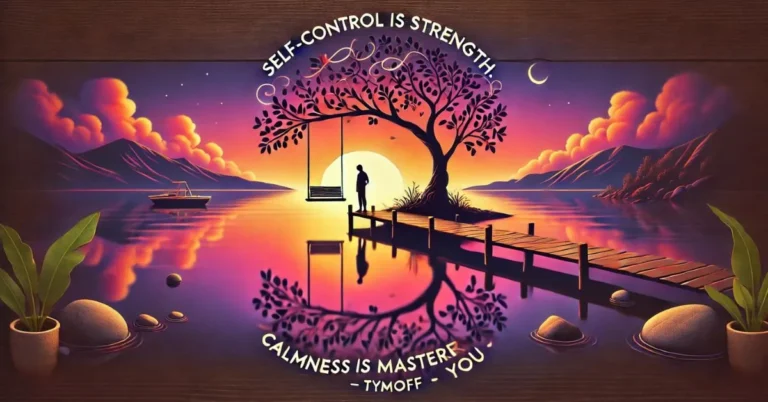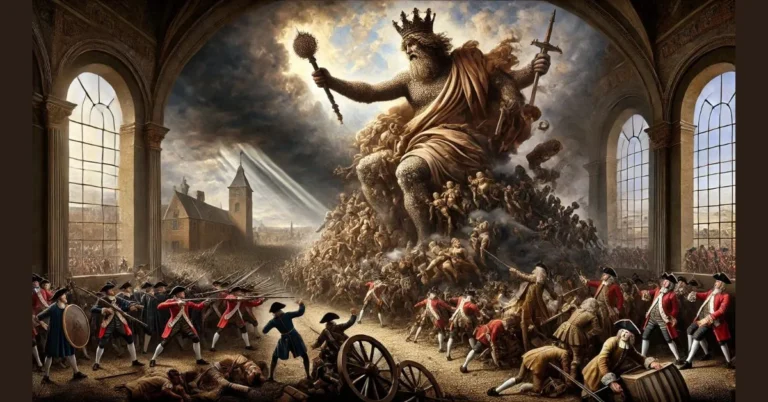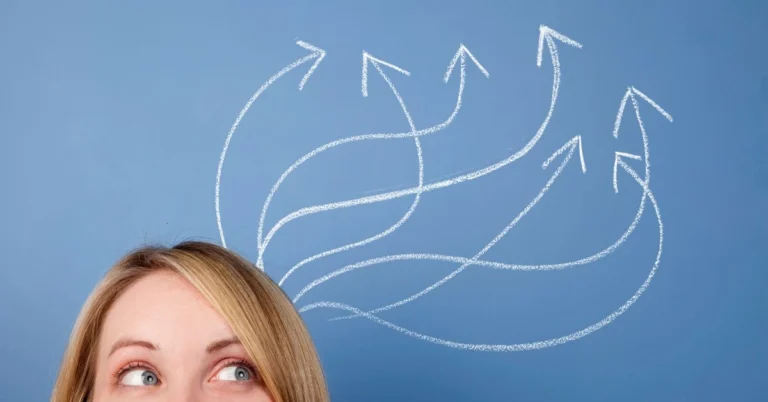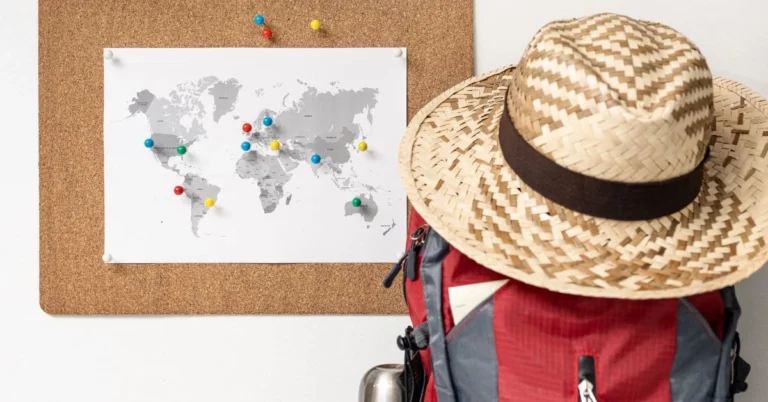Lillienu: The Art of Mindfulness and Creativity
Lillienu is an emerging art style that has captured the imagination of creators worldwide. Known for its intricate designs and cultural symbolism, it represents growth, transformation, and resilience. Its appeal lies not just in its visual beauty but in its ability to connect deeply with human emotions.
The roots of this art form are steeped in tradition, with influences from diverse cultures and philosophies. It has evolved over time, blending traditional art forms with modern technology. Today, it is celebrated as a representation of both artistic innovation and mindfulness practices.
One of the most intriguing aspects of this style is its connection to digital mindfulness. The meditative process of creating or observing its artwork helps foster emotional balance and creativity. Many describe it as a way to slow down in a fast-paced digital world.
The rise of this art form has been fueled by technology and social media. Online platforms have made it easier for communities to share and reinterpret this style. Its adaptability has allowed it to thrive in various creative industries, from graphic design to fashion.
This blog post explores the fascinating story behind this art form. We will delve into its origins, evolution, and unique characteristics. We’ll also examine its impact on creative expression and mindfulness. Finally, we’ll share how you can embrace it in your own creative journey.
This art form is more than just an aesthetic; it’s a movement. It symbolizes the fusion of tradition, innovation, and human connection.
| Aspect | Facts | Figures/Examples |
|---|---|---|
| Art Style Name | Lillienu | N/A |
| Core Themes | Growth, transformation, resilience | Represented in intricate designs, cultural symbolism |
| Cultural Roots | Inspired by diverse cultures and philosophies, folk art, storytelling practices | Incorporates elements from various cultural traditions |
| Evolution | Blending traditional designs with modern technology | Digital tools, social media, and design software have amplified its reach |
| Philosophical Foundations | Mindfulness and transformation | Meditative process of creating/observing artwork |
| Aesthetic Characteristics | Intricate patterns, vibrant colors, symmetrical designs | Symbols of personal growth, resilience, transformation |
| Emotional Impact | Calming and meditative effect, encourages creativity | Reduces stress, promotes emotional balance and mindfulness |
| Digital Mindfulness | Combines creativity with mindfulness practices | Encourages focus, reflection, and emotional balance |
| Global Impact | Transcends cultural barriers, celebrated worldwide | Artists adapt it to local traditions; symbol of unity and diversity |
| Role in Creative Industries | Popular in graphic design, fashion, digital content, animation, NFTs | Used in logos, textile designs, digital wallpapers, and branding |
| Communities & Collaboration | Online platforms like Instagram, Pinterest, and art forums promote collaboration | Workshops, virtual meetups for knowledge sharing and networking |
| Future of the Art Style | Evolving with AI and 3D modeling | Artists experimenting with new technologies |
| Mindfulness & Growth | Focuses on emotional well-being through creative expression | Meditative design process, personal growth through artistic practice |
| Getting Started | Start with basic patterns and simple designs | Use traditional pen/paper or digital tools, online tutorials for beginners |
| Joining the Community | Platforms like Instagram, Pinterest, and art forums for sharing and learning | Virtual workshops and online communities support creative growth and collaboration |
| Application in Other Fields | Widely used in graphic design, fashion, interior decoration, digital media | Logos, textile prints, animation, branding, digital content creation |
The Origins and Evolution of This Art Style
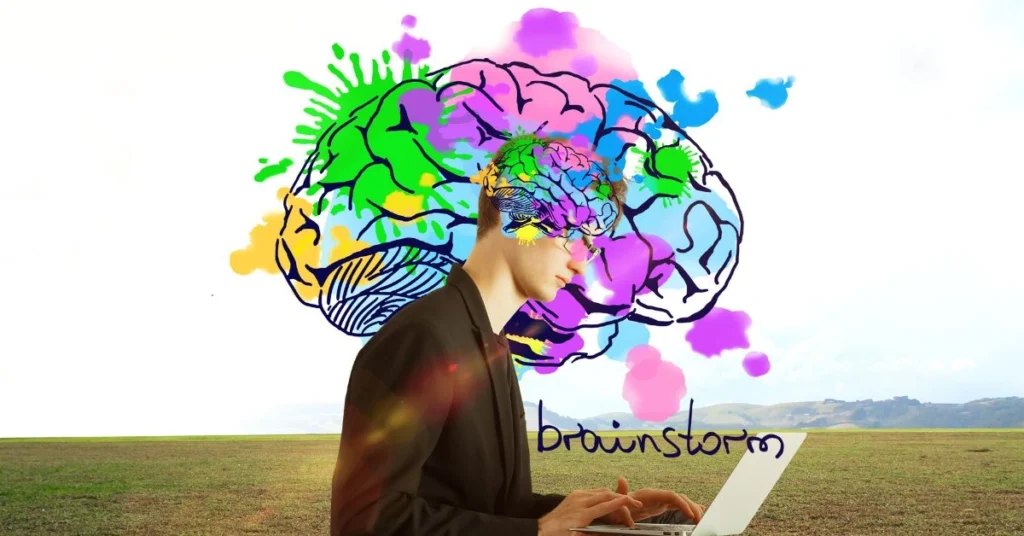
Cultural Roots of This Creative Tradition
This innovative style has its roots in diverse cultural traditions. Its patterns and symbols often represent transformation, resilience, and personal growth. These ideas reflect values cherished across various communities, such as adaptability and spiritual mindfulness.
Historically, the designs were inspired by folk art and storytelling practices. Each intricate pattern was crafted to convey meaning and emotion. Over time, these traditional elements became more refined and universal.
How It Evolved Over Time
The evolution of this aesthetic is tied to its ability to adapt to new environments. Traditional designs were initially passed down through generations as part of cultural heritage. In recent years, artists have modernized the approach to reflect contemporary themes.
Digital tools have also played a significant role in its development. Platforms like social media and digital design software have amplified its reach. Today, it combines traditional beauty with cutting-edge innovation, making it a global sensation.
Philosophical Foundations Behind Its Creation
At its core, this artistic approach represents a philosophy of mindfulness and transformation. Its intricate patterns symbolize personal growth and emotional balance. The repetitive, detailed nature of its creation is often seen as meditative and calming.
These foundations make this style more than just an art form. It embodies principles that promote well-being, creativity, and cultural awareness. This deeper meaning adds to its global appeal and longevity.
The Unique Appeal of This Artistic Approach
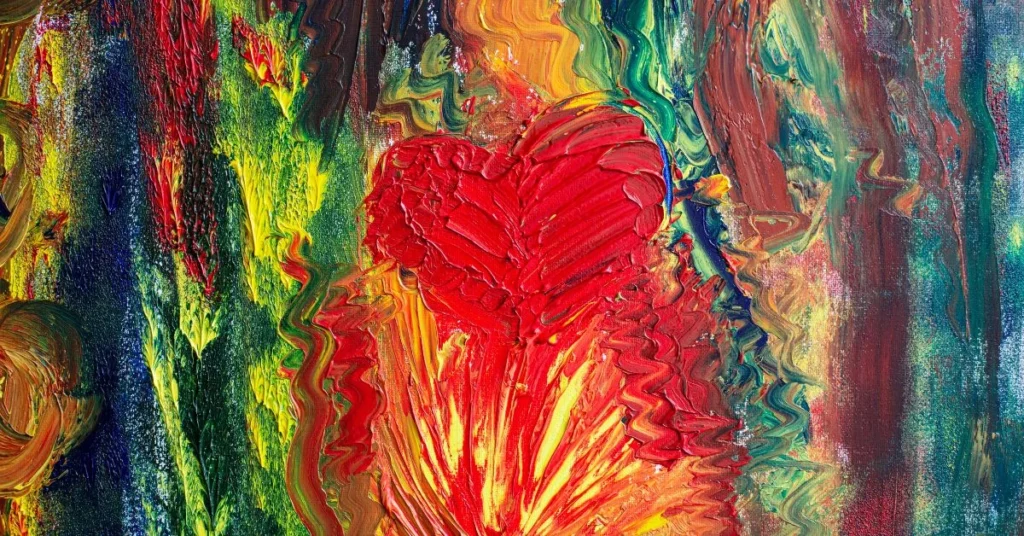
The Aesthetic Characteristics
This style is recognized for its intricate patterns and vibrant colors. It often features symmetrical designs that create a sense of harmony and balance. These visual elements make it both calming and inspiring to viewers.
The details are deeply symbolic. Shapes and patterns represent concepts like personal growth, resilience, and transformation. Each piece tells a unique story while maintaining universal appeal.
The Emotional and Creative Impact
Creating or observing artwork in this style has a calming effect on many people. The meditative process of focusing on fine details helps reduce stress and promote mindfulness. It allows individuals to express their emotions in creative and meaningful ways.
Artists often share how this style has unlocked their creativity. Its repetitive and structured patterns offer a sense of purpose while encouraging experimentation. This combination of freedom and structure appeals to creators of all skill levels.
A Form of Digital Mindfulness
This creative practice is often described as a form of digital mindfulness. The process of designing intricate patterns encourages focus and reflection. This makes it a valuable practice in today’s fast-paced digital world.
Viewers also experience mindfulness through its visual appeal. Observing these patterns can be soothing and help people feel grounded. As a result, it is increasingly embraced as a tool for mental well-being.
The unique appeal of this style lies in its ability to connect emotionally and creatively. It blends beauty, symbolism, and mindfulness into a transformative experience. These qualities make it a standout in the world of art and personal growth.
The Global Impact of This Creative Movement

Bridging Cultural Boundaries
This innovative style has become a global phenomenon that transcends cultural barriers. Its universal themes of transformation and growth resonate with people from various backgrounds. Artists worldwide have adapted its elements to reflect their local traditions and stories.
This blending of cultural influences has created a shared artistic language. People use this approach to express ideas that connect them to their heritage while embracing global creativity. It is now a symbol of unity and diversity in art.
Role in Creative Industries
This art form has found its way into many creative fields, including graphic design, fashion, and interior decoration. Designers incorporate its intricate patterns into fabrics, digital wallpapers, and branding. This versatility has made it a sought-after style in modern design.
The art form has also inspired digital content creators. From NFTs to animation, its unique visual style is used to capture attention and evoke emotional responses. Its ability to merge art and technology has made it a staple in the creative economy.
Communities and Collaboration
Online communities play a significant role in spreading this style. Platforms like Instagram and Pinterest are filled with creators sharing their inspired designs. These spaces allow artists and enthusiasts to collaborate, learn, and celebrate the art form.
Workshops and virtual meetups further strengthen these connections. They offer opportunities for people to share techniques and ideas while fostering a sense of belonging. This style has created a supportive and inclusive global network.
The Future of This Art Form
The future of this style lies in its adaptability and innovation. Artists continue to experiment with new techniques, such as incorporating AI or 3D modeling. These advancements ensure that it remains relevant in the evolving art world.
However, challenges in maintaining its traditional values may arise. Striking a balance between innovation and preserving its core philosophy will be crucial. With its growing popularity, this art is poised to remain a significant force in art and culture.
How to Embrace This Style in Your Creative Journey
Getting Started
Begin by familiarizing yourself with the basic patterns and concepts of this art. Start with simple designs that focus on symmetry and transformation themes. There are many tutorials and templates online to help beginners understand the techniques.
You don’t need expensive tools to start. Traditional pen and paper or basic digital drawing software can be enough. The key is consistency and patience as you learn the meditative process of creating this style.
Incorporating It Into Your Practice
This style is versatile and can enhance various creative fields. Artists can use it to design prints, logos, or even textile patterns. Writers and creators can draw inspiration from its symbolism to enhance storytelling or personal projects.
You can also combine it with other art forms. For example, mix its patterns with photography, sculpture, or digital animation. This allows for endless creative possibilities and makes your work stand out.
Using It for Mindfulness and Growth
Practice this art as a mindfulness tool by focusing on its repetitive and meditative process. Use it as a form of journaling, where each design reflects your emotions or personal growth. This approach blends art with self-improvement and emotional healing.
Observing artwork in this style can also be calming. Display pieces in your workspace to inspire mindfulness and creativity throughout your day. The connection between this art and well-being makes it more than just an art form.
Joining the Community
Engage with online communities to learn and share your creations. Platforms like Instagram, Pinterest, and specialized art forums host many creators who share tips and inspiration. These groups are welcoming and supportive, making them ideal for beginners.
Consider joining workshops or virtual events dedicated to this style. These gatherings help you connect with others, learn advanced techniques, and refine your craft. The community around this art form is one of its most valuable aspects.
Why You Should Start Now
This art form is not just a creative outlet—it’s a way to enhance your well-being and connect with a global movement. By starting today, you can discover a new form of self-expression. It’s a journey that combines art, mindfulness, and community.
Conclusion
This creative style is more than just an art form; it represents a unique blend of culture, creativity, and mindfulness. From its origins rooted in tradition to its evolution as a global digital movement, it has captured the hearts of artists and creators worldwide. Its aesthetic appeal, deeply tied to themes of growth and transformation, makes it a tool for both creative expression and emotional well-being.
As we explored, this style has become a symbol of unity, connecting people across cultures through its shared visual language. Its impact can be seen in various industries, from design to digital content creation, where it continues to inspire and innovate. By embracing it in your own creative journey, you not only engage with an art style but also immerse yourself in a mindful practice that promotes personal growth and global connection.
What is this artistic approach about?
This distinctive art form combines intricate patterns with cultural symbolism, often representing themes of growth, transformation, and resilience. It blends traditional visual elements with modern digital techniques. The art form is not only visually captivating but also deeply connected to mindfulness practices and emotional well-being.
How did this style originate?
This art draws inspiration from various cultural traditions, including folk art and ancient philosophies. Originally passed down through generations, its designs represented personal and spiritual growth. Over time, it evolved to incorporate modern technology, making it a global phenomenon that blends traditional ideas with contemporary aesthetics.
How can I start creating in this style?
To start, familiarize yourself with its basic design principles, such as symmetry and geometric balance. Whether using traditional tools like pen and paper or digital software, you can experiment with simple patterns first. Many online resources, tutorials, and templates are available to guide beginners in mastering this unique art form.
What makes this practice a form of mindfulness?
The creation of these intricate patterns involves detailed, repetitive steps that encourage focus and reflection. This process, often compared to meditation, helps individuals achieve emotional balance and clarity. The act of drawing or observing this art fosters mindfulness, helping to reduce stress and improve mental well-being.
Where can I find a community of creators?
Artists gather on platforms like Instagram, Pinterest, and other art forums, where they share their work and techniques. These online communities offer support, inspiration, and opportunities for collaboration. Additionally, virtual workshops and meetups are excellent ways to connect with fellow creators and learn more about this art style.
Can this art form be used in other creative fields?
Yes, this style has found applications in various creative fields, including graphic design, fashion, interior decoration, and digital media. Its intricate patterns are used in designing logos, textile prints, and even animations. This versatility has made it an influential style across different creative industries.
What is the future of this artistic trend?
The future looks promising, as artists continue to experiment with new technologies such as AI and 3D modeling. These innovations ensure that the style remains fresh and relevant. While its traditional roots remain important, this creative approach is expected to continue evolving, offering new opportunities for creativity and personal growth.

